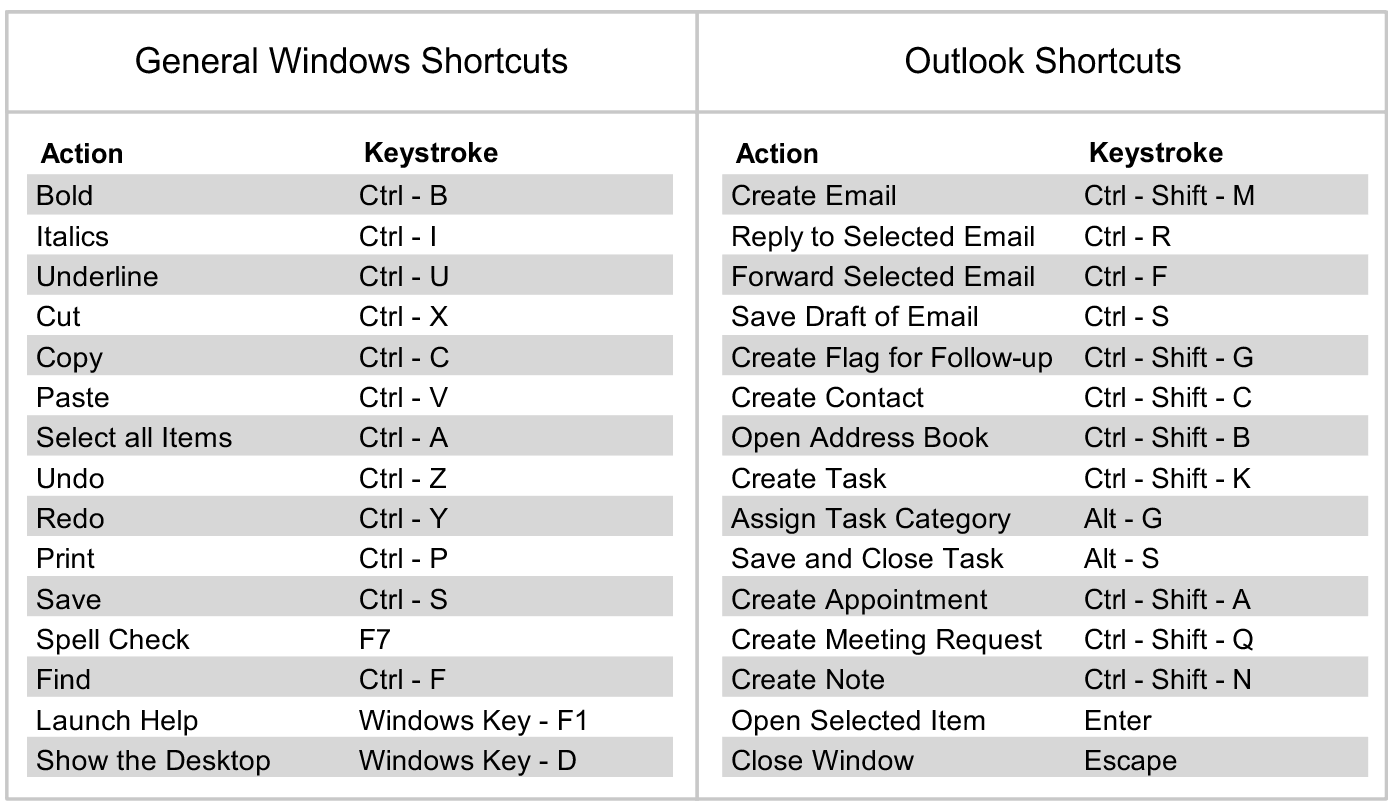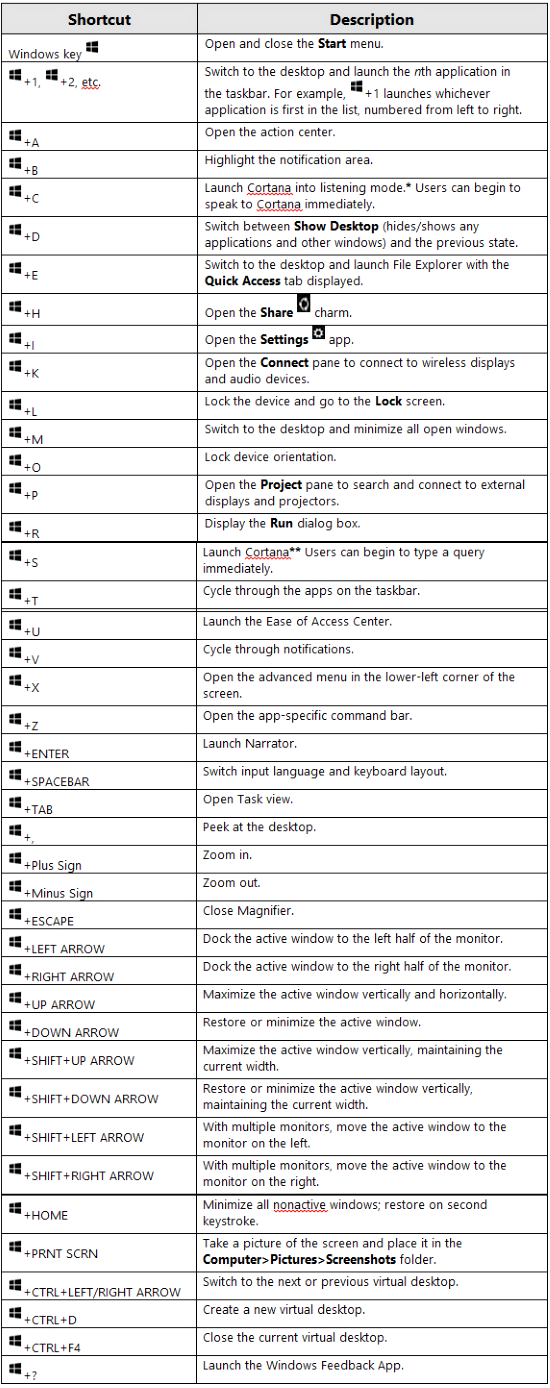
#Window button shortcuts windows#
There is one common shortcut that uses a letter and more than just the Control key or Windows key: the combination Windows-Shift-M maximizes all minimized windows. Here are the common shortcuts using the Windows key with a letter. Here are the common Windows keyboard shortcuts of the form Control key followed by a letter. Also, I’m not including any accessibility sequences such as sticky keys etc. My goal here is to stick to the most common shortcuts, ones that work across several versions of Windows and with many applications. When I say Windows- I refer to holding down the Windows logo key in and pressing some letter.

When I say Control- I refer to shortcuts such as Control-C, holding down the Control key and pressing C in order to copy something. What the key cycles through depends on what it is paired with. Shift in combination with navigation keys makes a selection. Control in combination with navigation keys moves the cursor.The letters used in Control shortcuts and Windows shortcuts don’t overlap.Keyboard shortcuts involving letters are all of the form Control- or Windows.First I’ll list the patterns, then I’ll give some qualifications and elaborate on the patterns. Pressing spacebar on an item with a checkbox selected will deselect the item.įor more information on keyboard shortcuts and navigation consult Microsoft's Keyboard Assistance and Shortcuts web page for Windows Vista until Windows 8 and Windows 10 .Here are four patterns for organizing the most common keyboard shortcuts for Windows. Once you have landed on the desired choice, the spacebar will make a selection. Arrow keys allow the user to toggle between choices for items with a radio-button or checkbox. Drop down menus are activated with the down arrow.įorms can be navigated with the Tab key as well. For a particular file name or dialogue button it will have a faintly visible dashed-line rectangle to around the item to show it has the current focus. Otherwise, Windows provides a visual cue of where the focus is. Screen reading programs will read aloud the dialogue item you are currently focused on. Once you have landed on an area within the dialogue box, you may need to use the up, down, left, or right arrows to make a more specific choice. A Shift+Tab moves backwards in the navigation between those items. The Tab key will navigate through the various fields. The Open and Save dialogue boxes can be particularly intimidating to navigate by keyboard. Up and down arrow keys will move through those menus. Combining the Alt key and the underlined letter in those menu headings will open that menu. You can then navigate with the down-arrow.Īpplications that have met the Microsoft Windows accessibility standards follow a standard menu scheme with headings like File, Edit, View, and so on. If there are multiple menu items that begin with a particular letter, pressing that letter takes you to the first, top-most of those menu names. Pressing the “P” key takes you to the Program menu.

Once you have arrived at the desired item, pressing the Enter key acts in the same way as a left-mouse click to make a choice.Īnother timesaver once the start menu is open is navigating by the first letter of the menu item. The Esc key allows you to go back one step in the navigation process. These submenus may also branch out further into other submenus.

Those items with a submenu are visually indicated with a small black triangle/arrowhead. The up and down arrow keys allow you to move through the menu items. The keyboard combination Ctrl+Esc also brings up this menu. Many keyboards have a Windows key which will bring up the start menu.


 0 kommentar(er)
0 kommentar(er)
